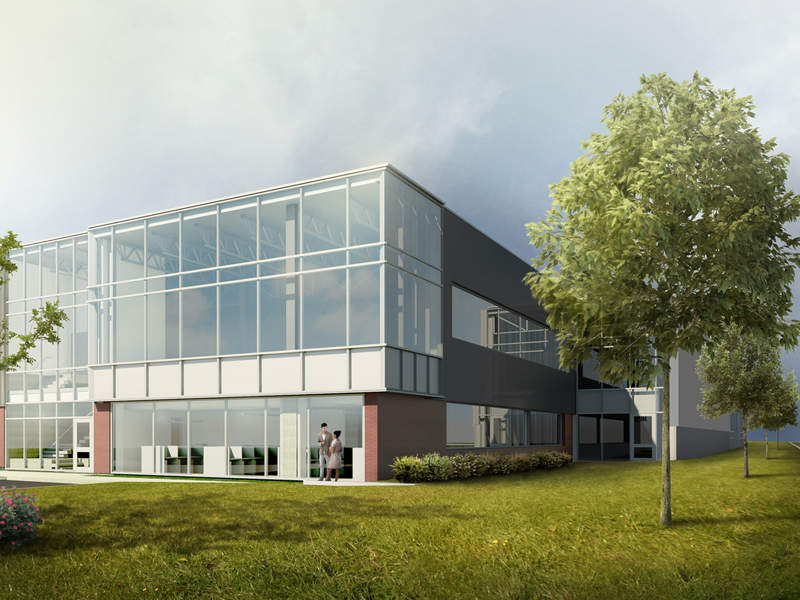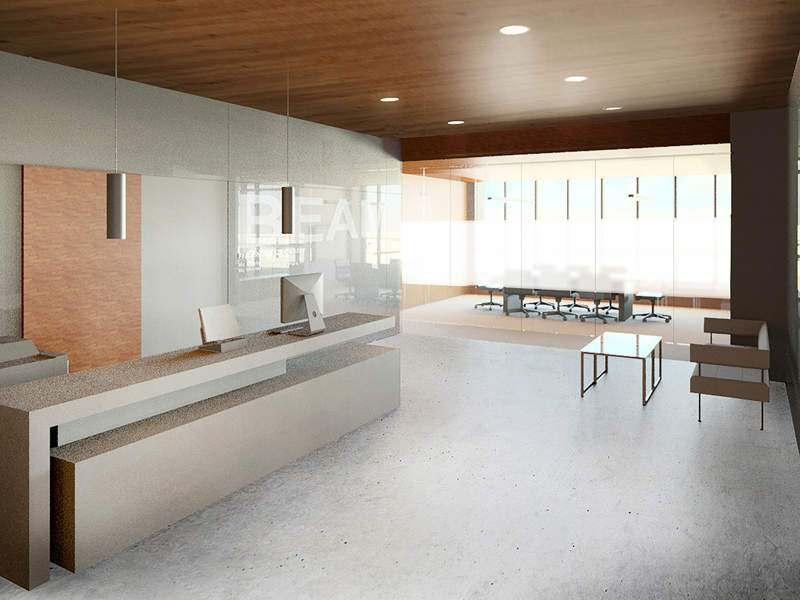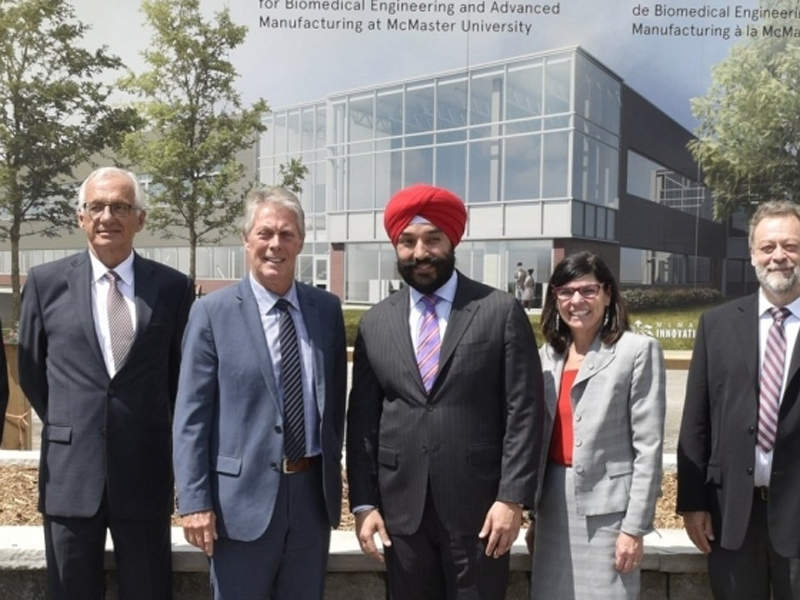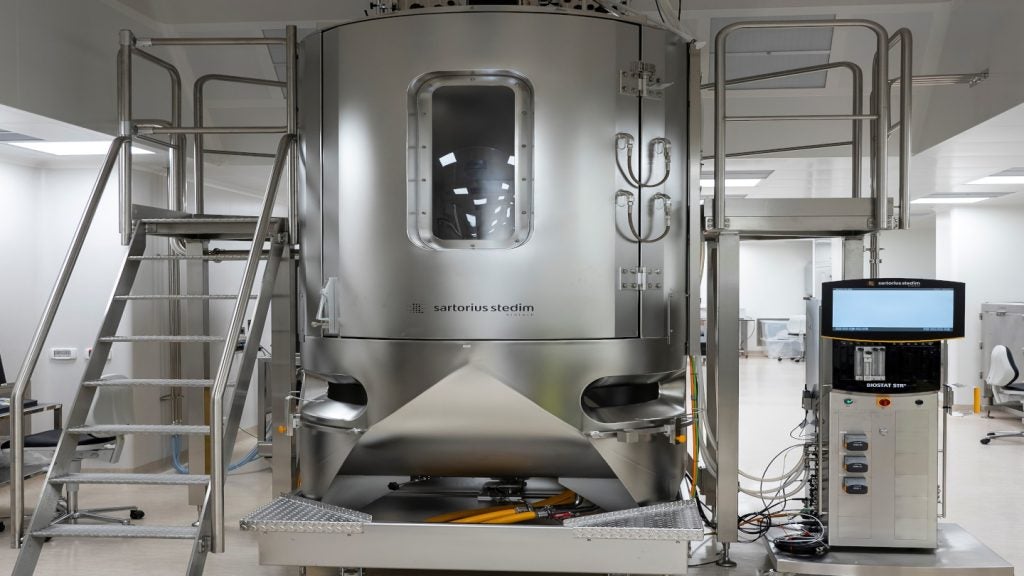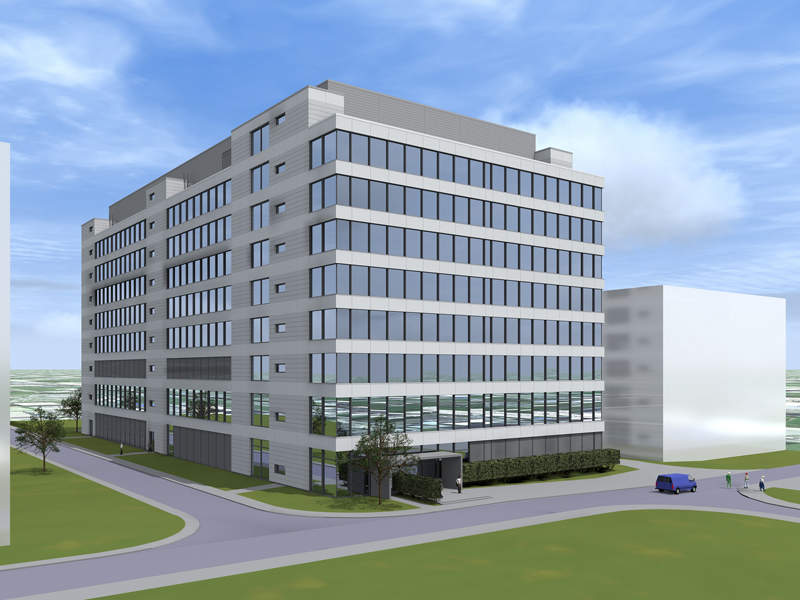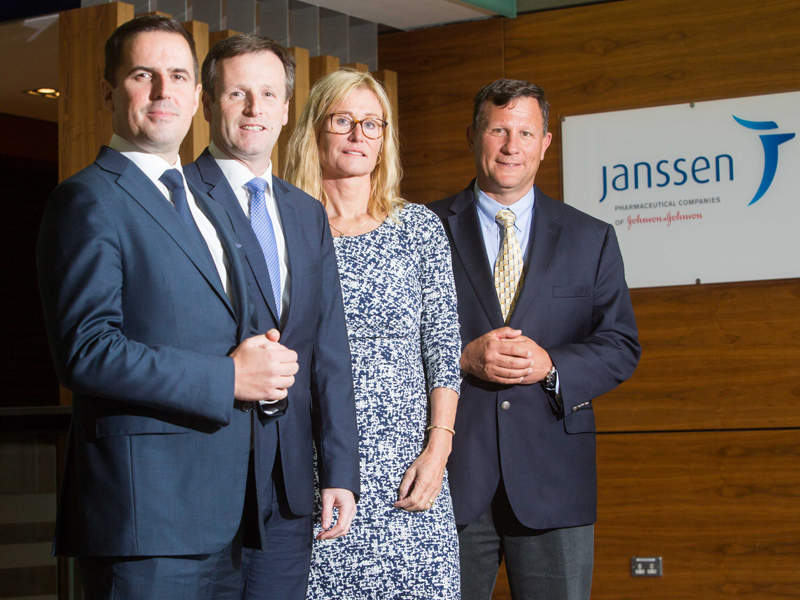The Biomedical Engineering and Advanced Manufacturing (BEAM) centre is located in McMaster Innovation Park in Hamilton, Ontario.
Also known as the Fraunhofer Project Centre for Biomedical Engineering and Advanced Manufacturing, the C$33m ($25m) facility was jointly developed by McMaster University and the Fraunhofer Institute for Cell Therapy and Immunology (Fraunhofer IZI) under a partnership formed in January 2015.
The joint project was inaugurated in March 2018. It aims to develop technologies for eye care, point-of-care medical devices and cancer treatments.
The project has created 74 jobs and will support 35 business-academic collaborations for developing new products, ideas and clinical trials.
Location of the Biomedical Engineering and Advanced Manufacturing centre
Located close to Hamilton town, the BEAM centre is easily accessible from Highway 403, the McMaster University and the McMaster Innovation Park. It is also near Toronto Pearson International Airport and John C Munro Hamilton International Airport.
Ontario was chosen as the location of the new facility due to the low business costs and well-educated talent pool. The region also has an emerging life sciences industry, with more than 1,600 companies operating there.
Details of the BEAM facility
The facility covers a 20,000ft² area, including 16,000ft² of laboratory spaces that facilitate mammalian and bacterial cell culture, the synthesis of biomaterials and bio-analysis.
The facility also has 4,000ft² of mixed-use office space, including meeting rooms. An atrium area, designed to allow researchers to meet and collaborate, is also available.
A 50,000ft² area is being developed next to the facility to house incubator space to support commercialisation activities for BEAM.
Research activities carried out at the Biomedical Engineering and Advanced Manufacturing Centre
The BEAM centre focuses on diagnostics, biomarkers, cell therapies and biomaterials.
The diagnostics unit focuses on printable next-generation diagnostic tests that can be applied to point-of-care (POC) settings. Some of the core areas within the unit include optimising sensor surfaces, developing printable components for POC sensors, generating application-specific DNA-based sensors, and integrating and upscaling ISO-compliant POC sensors.
The biomarker unit collaborates with the RIBOLUTION Biomarker Centre, at the Fraunhofer IZI in Leipzig, to identify novel biomarkers on the basis of ribonucleic acids (RNA). The unit identifies biomarkers using genomic analysis methods and next-generation sequencing to develop new diagnostic tests. Prostate cancer, chronic obstructive pulmonary disease and infectious diseases are the unit’s areas of focus.
The cell therapy unit carries out research and development (R&D) activities on novel targeted therapies applied for different cancer indications. The novel therapies are developed using chimeric antigen receptor-transduced autologous immune cells. The unit also offers a systematic approach to the manual production of autologous cell therapies.
The centre’s biomaterials unit develops biomaterial for ocular applications such as new drug delivery platforms, better contact lens materials and new intraocular lens materials.
Financing for the BEAM centre
The project has received a C$12m ($9.1m) federal grant provided by Hamilton and the provincial governments.
Contractors involved
Canadian architecture firm Diamond Schmitt Architects is the architect for the research facility.
Benefits of the BEAM facility
The BEAM centre will help accelerate the product pipelines of its corporate partners and provide operational expertise to characterise test components and optimise assays.
The McMaster and Fraunhofer project management base’s experience will be helpful in meeting deadlines for various projects and achieving set targets. The centre will have access to advanced instrumentation systems from both McMaster and Fraunhofer. Equipment at the centre will include biological preparation equipment and equipment for high-throughput screening, bio-selectivity and surface characterisation.
The BEAM centre will also have access to the two institute’s existing intellectual property.

